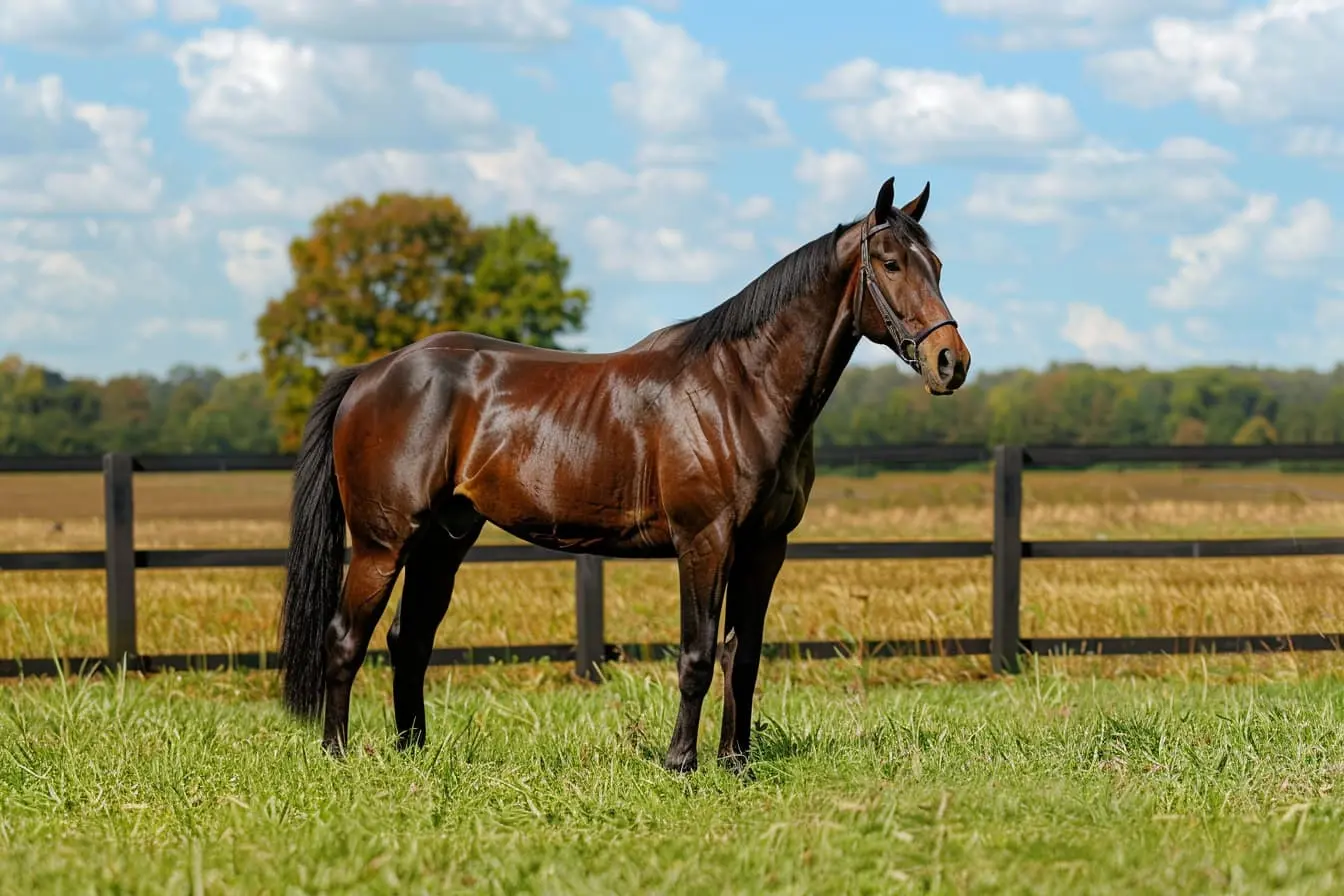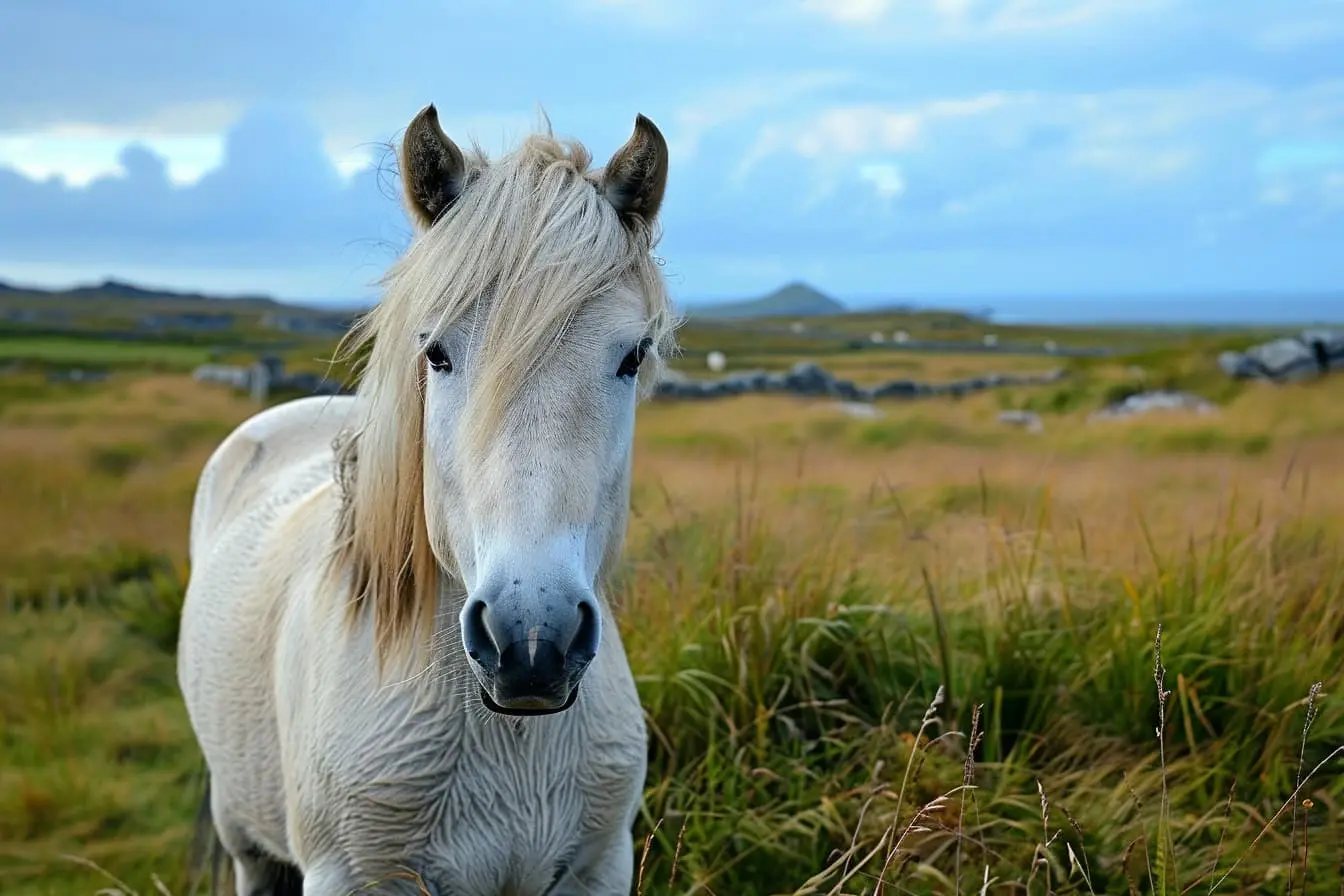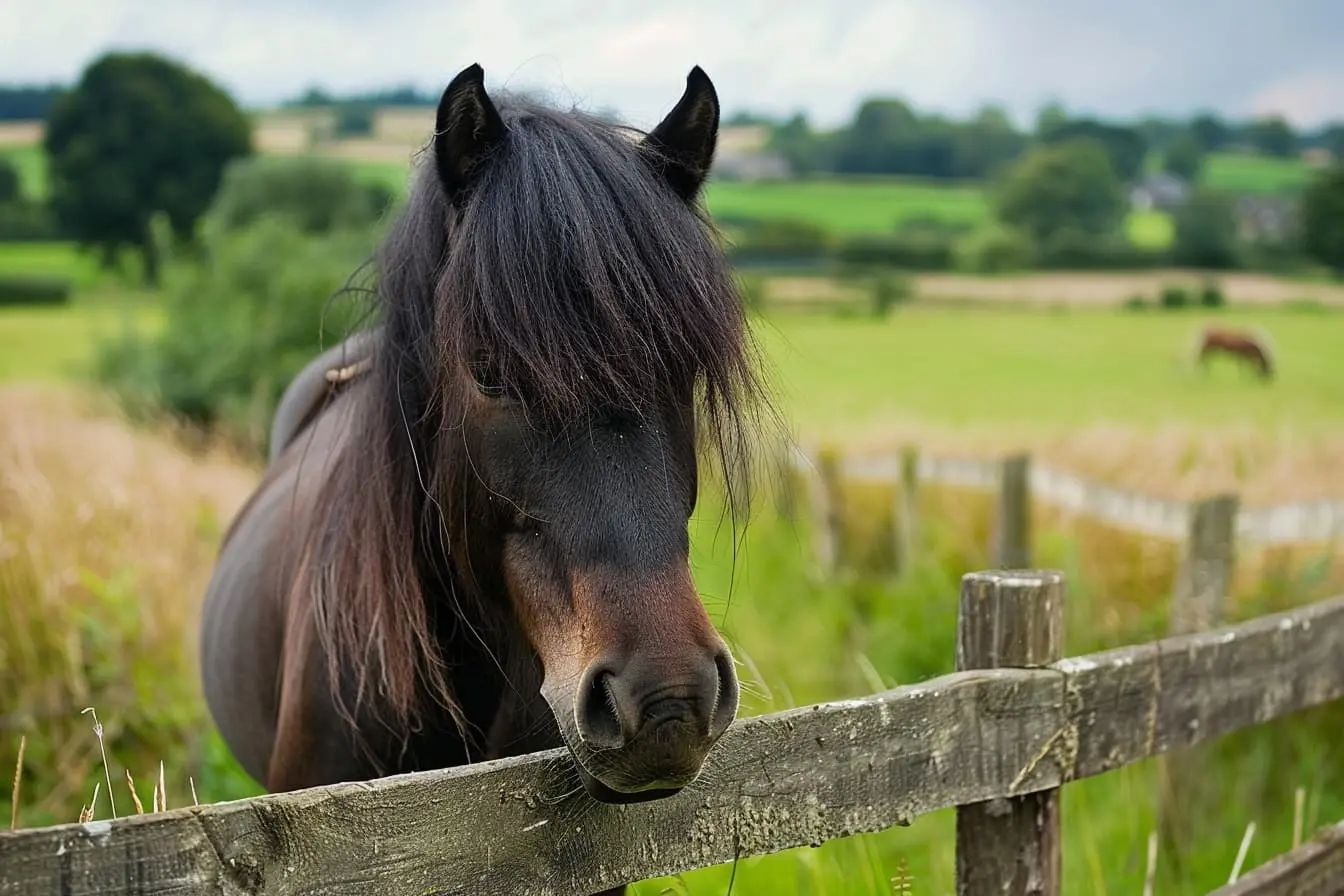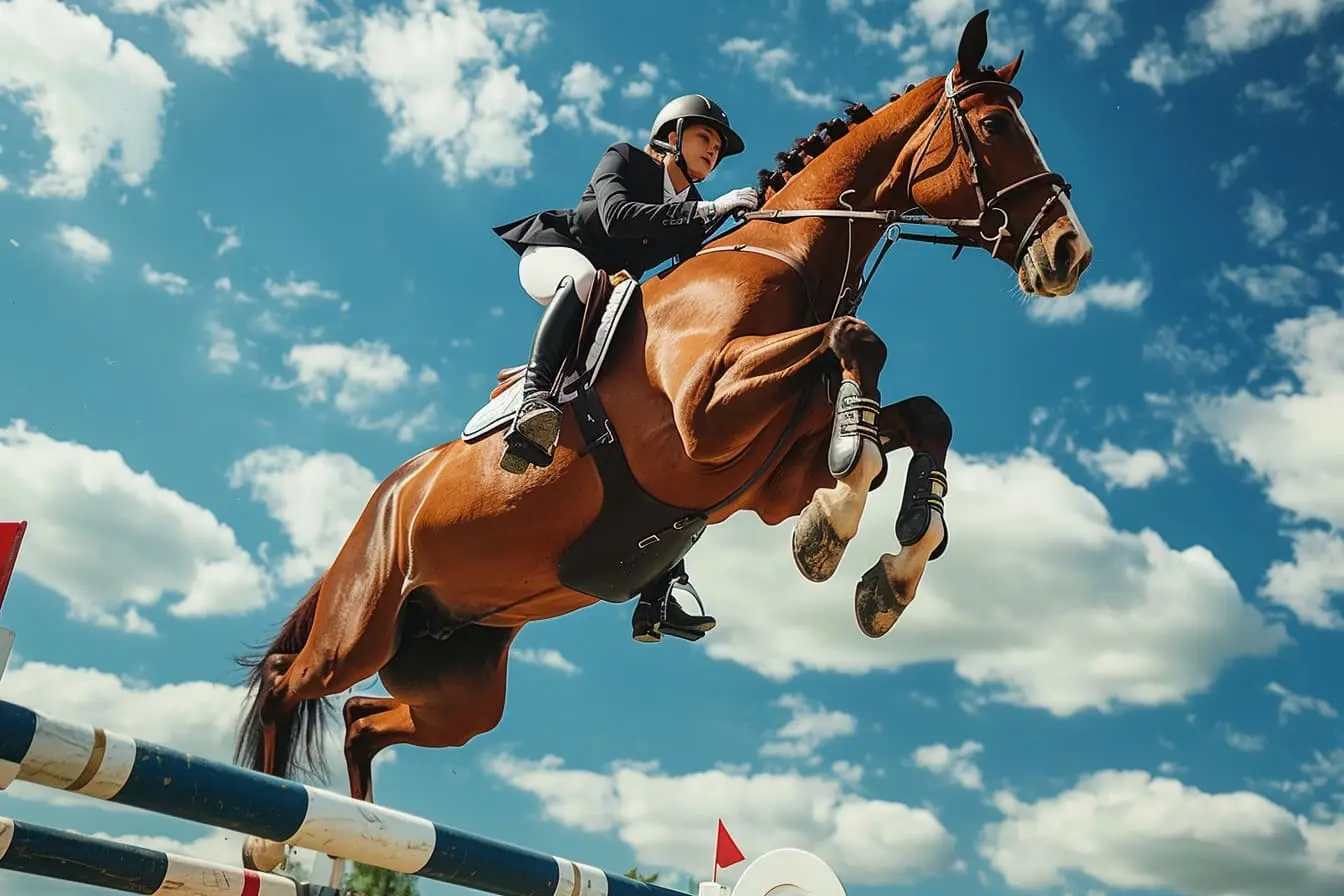
Embracing the Thoroughbred: A Guide for Prospective Owners
Entering the world of horse ownership is a momentous decision, filled with challenges and joys alike. For those considering a Thoroughbred as their companion, understanding this noble breed's characteristics and requirements is essential. Thoroughbreds, renowned for their speed, intelligence, and sensitivity, offer a unique experience. This guide aims to provide prospective owners in the UK with a comprehensive overview of what to expect when taking on a Thoroughbred, helping you decide if this is the right choice for you.
The Thoroughbred: Breed Overview
History and Origin
The Thoroughbred's lineage can be traced back to 17th-century England, originating from the crossbreeding of native mares with Arabian, Barb, and Turkoman stallions. This blend aimed to produce horses with speed, stamina, and agility, traits that have cemented Thoroughbreds as the premier racehorse breed. While closely associated with racing, Thoroughbreds excel in various equestrian disciplines, showcasing their versatility.
Physical Traits and Temperament
Typically, Thoroughbreds stand at 15.2 to 17 hands (a hand equals 4 inches) at the shoulder. They are admired for their athletic build, long legs, and deep chest, facilitating their renowned speed and endurance. Coat colours range widely, with bay, chestnut, black, and grey being predominant.
Temperamentally, Thoroughbreds are known for their intelligence, sensitivity, and spirited nature. They form deep bonds with their handlers but require experienced, confident care to manage their energy and potential anxieties, especially those transitioning from racing careers.
Ownership Considerations
Financial Commitment
Owning a Thoroughbred is a significant financial undertaking. Initial costs include the purchase price, which varies widely based on pedigree, training, and age. Ongoing expenses encompass feed, stable boarding, veterinary care, farrier services, and insurance. Prospective owners must budget for these costs, ensuring they can provide for their horse's needs.
Time and Lifestyle Impact
Thoroughbreds demand time and attention. Daily commitments include feeding, grooming, exercise, and bonding. Their sensitivity necessitates a consistent routine and a calm, assured presence. Prospective owners should evaluate their lifestyle, ensuring they can dedicate the necessary time to foster a thriving horse-human relationship.
Health and Welfare
Thoroughbreds are prone to specific health issues, such as musculoskeletal problems, which can arise from their racing lineage. Regular veterinary check-ups, a balanced diet, and appropriate exercise are vital for maintaining their health. Additionally, their psychological well-being must be considered, with adequate socialisation and mental stimulation being paramount.
Training and Activities
While many Thoroughbreds retire from racing, they possess the potential for second careers in show jumping, dressage, and eventing, among other disciplines. Their training requires patience, skill, and understanding of the breed's characteristics. Owners must be prepared to invest in professional training or possess the experience to guide their Thoroughbreds in new endeavours.
Making the Decision
Deciding to own a Thoroughbred is not to be taken lightly. It requires a comprehensive assessment of your capabilities, resources, and lifestyle. For those willing to embrace the challenges, owning a Thoroughbred can be an incredibly rewarding experience, offering the joy of partnership with a magnificent, spirited animal.
Prospective owners should seek advice from experienced Thoroughbred handlers, visit stables, and possibly volunteer, gaining firsthand insight into what this commitment entails. With the right preparation, resources, and passion, a Thoroughbred can make an extraordinary companion and partner in equestrian pursuits.
In summary, while the allure of Thoroughbreds is undeniable, they are best suited to individuals with the experience, resources, and lifestyle that can accommodate their needs. The journey of owning a Thoroughbred is one of mutual growth, understanding, and profound reward, marking the beginning of a unique and enriching partnership.
Vets near you
Speciality vets
- Aquatics vet specialists
- Birds vet specialists
- Camelids vet specialists
- Cats vet specialists
- Cattle vet specialists
- Deer vet specialists
- Dogs vet specialists
- Equines vet specialists
- Exotic vet specialists
- Goats vet specialists
- Pigs vet specialists
- Poultry vet specialists
- Sheep vet specialists
- Small Mammals vet specialists
- Wild vet specialists



